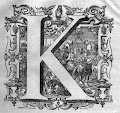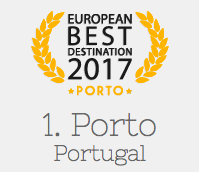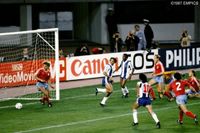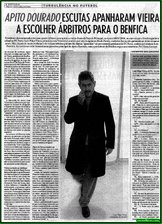Photo: © Rostyslav Shostak | Dreamstime.com
Whether you arrive by air at Porto’s modern Francisco Sá Carneiro Airport or at Campanhã Station on the three-hour, high-speed Alfa Pendular train from Lisbon, the relatively new Metro Line E is the best way into the city. The violet line opened in 2006, and its fast and stylish trains are a good introduction to Porto, where 13th- and 14th-century buildings coexist with ultra-modern, überdesigned cultural venues; a dazzling public art installation; and an array of hip, new shops.
For a day in Porto, also known as Oporto, start by visiting the city’s Serralves Museum of Contemporary Art at Rua Dom João de Castro 210, a beautiful, modernist structure designed by noted Porto architect Álvaro Siza Vieira. Opened in 1999 on the grounds of a large estate, the museum offers vibrant contemporary paintings, photographs and modern graphic designs by Portuguese and European artists in an ever-changing display of rotating exhibitions.
From the museum, take a taxi downtown to A Vida Portuguesa, a trendy shop on the second floor of an 1866 fabric store at Rua Galeria de Paris 20 — but first ask your driver to make a short detour to the Matosinhos neighborhood to view American artist Janet Echelman’s outdoor sculptureShe Changes. This huge, billowy mesh net, supported with steel poles as tall as 150 feet, changes shape and colors as the salt air blows through from the Atlantic Ocean just a block away. The sculpture has been an iconic symbol of modern Porto since its 2005 installation.
At the beautifully designed A Vida Portuguesa, there are Portuguese textiles, toiletries and wovenpuchandos bags made in northern Portugal. Walk down steep streets toward the Douro River, stopping at Retrosaria das Flores (Rua das Flores 104), where high-end Portuguese wool is for sale along with colorful shopping bags made of chita alcobaca, a unique Portuguese fabric printed with birds, flowers and fruit. A block from the Douro, in the city’s historic Ribeira district, designated a UNESCO World Heritage site in 1996, you will find two separate shops, part of Portosigns, a local business selling unique handmade items. The two shops, named Tradição (Tradition) and Inovação (Innovation), offer cork products, fired clay statuettes, locally designed T-shirts and Portuguese wine and tea.
For lunch, walk to the nearby Forno Velho restaurant in the new Hotel Carris Porto Ribeira, Rua do Infante Henrique 1, a business hotel opened in 2012 that consists of five restored historic buildings. The restaurant offers traditional Portuguese cuisine including grilled meat and local specialties like fried sardines, grilled octopus, salted codfish and prawns with baby squid.
Afterward, walk along the pedestrian street that parallels the Douro, a fascinating streetscape lined with historic wine cellars (Port was first exported from here in the 14th century), handicrafts shops and small galleries. The high, metal arch bridge spanning the river is the Ponte de Dom Luis I, built in 1886 by a disciple of Gustave Eiffel. Take a taxi or the metro to Casa da Música, a stunning, white concrete concert hall designed by the Dutch architect Rem Koolhaas. Opened in 2005 as part of Porto’s urban development plan that began with the city being named European Capital of Culture in 2001, Casa da Música offers numerous classical, jazz, ballet and opera performances in its modern theater. The 4 p.m. public tour offers a behind-the-scenes look at the unique architectural features of the asymmetric building, which won the 2007 Royal Institute of British Architects award. The eclectically designed seventh-floor restaurant, named Kool after the architect, is open for lunch and dinner.

































.jpg)







































.jpg)









0 comentários:
Enviar um comentário